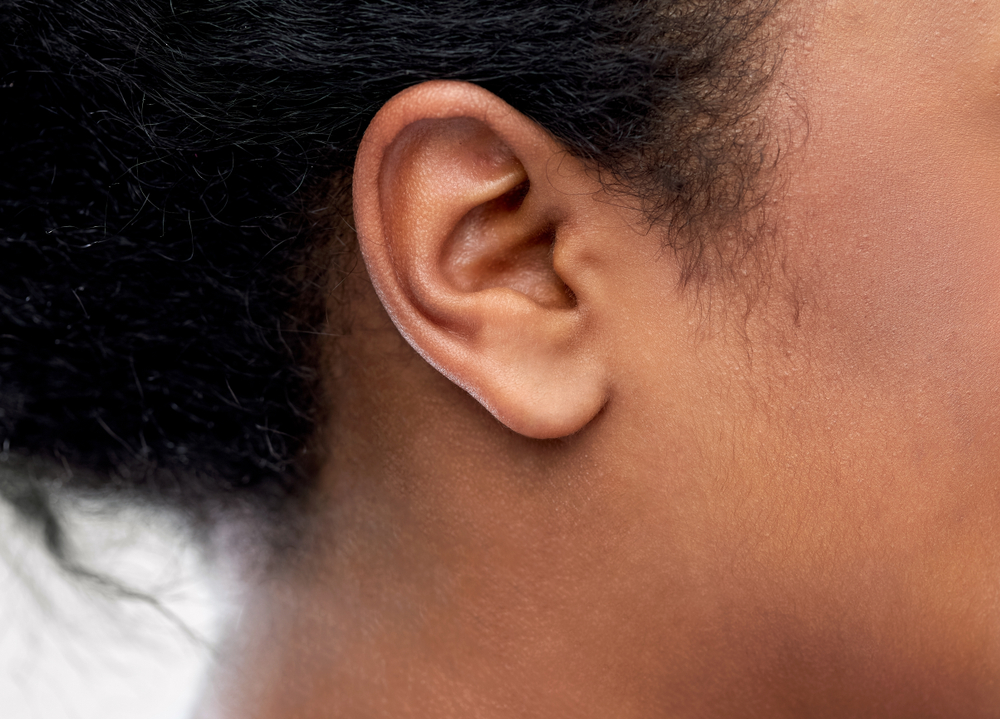Have you ever bought one of those “one size fits all” t-shirts only to be dismayed (and surprised) when the shirt does not, in fact, fit as advertised? It’s kind of a bummer, isn’t it? The reality is that there’s almost nothing in the world that is truly a “one size fits all.” That’s true with t-shirts and it’s also true with medical conditions, such as hearing loss. There can be many reasons why it happens.
So what causes hearing loss? And what is the most common type of hearing loss? Let’s find out!
There Are Different Types of Hearing Loss
Because hearing is such a complex cognitive and physical operation, no two people’s hearing loss will be exactly the same. Maybe you hear perfectly well at the office, but not in a crowded restaurant. Or perhaps you only have trouble with high-pitched voices or low pitched sounds. Your hearing loss can take a wide variety of shapes.
How your hearing loss presents, in part, may be dictated by what causes your symptoms in the first place. Because your ear is a fairly complex little organ, there are any number of things that can go wrong.
How Your Hearing Works
Before you can totally understand how hearing loss works, or what level of hearing loss requires a hearing aid, it’s helpful to think a bit about how things are supposed to function–how your ear is typically supposed to work. Here’s how it breaks down:
- Outer ear: This is the visible portion of the ear. It’s where you are first exposed to a “sound.” The shape of your ear helps funnel those sounds into your middle ear (where they are further processed).
- Middle ear: The middle ear is composed of your eardrum and a few tiny ear bones (yes, you have bones in your ear–but they are admittedly very, very tiny). These vibrations help translate the sound further up the chain.
- Inner ear: This is where your stereocilia are found. These tiny hairs detect vibrations and start translating those vibrations into electrical energy. (Your cochlea helps here, too). This electrical energy is then transmitted to your brain.
- Auditory nerve: This nerve is located in your ear, and it’s responsible for channeling and directing this electrical energy towards your brain.
- Auditory system: From your brain to your outer ear, the “auditory system” encompasses all of the parts discussed above. It’s important to understand that all of these components are constantly working together and in concert with one another. In other words, the system is interconnected–so any issue in one area will typically impact the performance of the whole system.
Varieties of Hearing Loss
Because there are multiple parts of your auditory system, there are (as a result) multiple types of hearing loss. Which type you experience will depend on the underlying cause.
The common types of hearing loss include:
- Conductive hearing loss: This type of hearing loss occurs because there’s a blockage somewhere in the auditory system, often in the outer or middle ear. Usually, this blockage is caused by fluid or inflammation (this typically happens, for example, when you have an ear infection). Sometimes conductive hearing loss can be caused by a growth in the ear canal. Usually, with conductive hearing loss, your hearing will return to normal once the obstruction has been removed.
- Sensorineural hearing loss: When your ears are damaged by loud noise, the tiny hair cells which detect sound–called stereocilia–are destroyed. This type of hearing loss is typically chronic, progressive, and permanent. As a result, people are usually encouraged to prevent this type of hearing loss by wearing hearing protection. If you have sensorineural hearing loss, it can still be treated by devices such as hearing aids.
- Mixed hearing loss: It’s also possible to experience a combination of sensorineural hearing loss and conductive hearing loss. Because the hearing loss is coming from several different places, this can sometimes be challenging to treat.
- Auditory Neuropathy Spectrum Disorder: ANSD is a relatively rare condition. It occurs when the cochlea does not properly transmit sounds from your ear to your brain. ANSD can usually be treated with a device called a cochlear implant.
Each type of hearing loss requires a different treatment approach, but the desired results are often the same: to improve or maintain your ability to hear.
Variations on Hearing Loss Types
And that’s not all! Any of these common types of hearing loss can be categorized further (and with more specificity). For example, hearing loss can also be classified as:
- Unilateral or bilateral hearing loss: This means you’re either experiencing hearing loss in only one ear (unilateral) or both ears (bilateral).
- Pre-lingual or post-lingual: If your hearing loss developed before you learned to speak, it’s called pre-lingual. If your hearing loss developed after you learned to speak, it’s called post-lingual. This can have implications for treatment and adaptation.
- Symmetrical or asymmetrical: This tells you whether your hearing loss is the same in both ears or unequal in both ears.
- Progressive or sudden: Hearing loss that slowly gets worse over time is called “progressive.” Hearing loss that erupts or presents immediately is called “sudden.”
- Fluctuating or stable: If your hearing loss tends to come and go, it might be referred to as fluctuating. If your hearing loss remains at roughly the same levels, it’s called stable.
- Congenital hearing loss: Hearing loss you were born with.
- Acquired hearing loss: Hearing loss that develops due to outside forces (such as damage).
- High frequency vs. low frequency: You may experience more trouble hearing high or low frequency sounds. Your hearing loss can then be categorized as one or the other.
If that seems like a lot, it’s because it is. The point is that each classification helps your hearing specialist more accurately and effectively treat your symptoms.
Time to Get a Hearing Test
So how do you know which type–and which sub type–of hearing loss you have? Unfortunately, hearing loss isn’t really something you can self-diagnose with much accuracy. It will be hard for you to know, for example, whether your cochlea is functioning properly.
But that’s what hearing tests are for! Your loss of hearing is kind of like a “check engine” light. Your hearing specialist can hook you up to a wide variety of machines–and help determine what type of hearing loss you have.
So the best way to figure out what’s happening is to make an appointment with your hearing specialist today!
Find a provider in your area to schedule a hearing test by searching providers near you.



